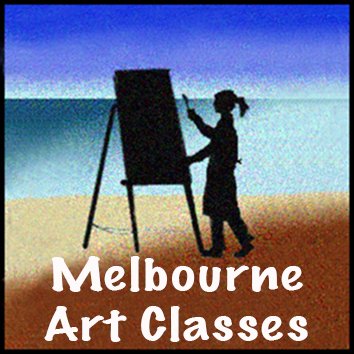differentiating male from female, child from adult, younger from older, etc.
Part of your diligent observations of people that you are drawing should be the features that make them appear more feminine, masculine, younger, older etc
Women are generally considered to have wider eyes, finer eyebrows, smaller ears, finer noses, fuller lips, narrower necks, fuller lashes, and great hair!!
These are the generalisations and stereotypes used commonly to help those learning drawing.
Below we have a female from the front and side view with guide ovals and 10 divisions and below that the circle + method overlaid to compare with the oval/ 10 divisions approach.
Refer to the chart comparing toddlers to fully grown adults for body proportion changes, see differences in facial proportions below.
Here are some quick sketches outlining a few proportional differences in a small child's facial proportions compared to 6, 12 and adult.
At 6 yrs old there is more hair on forehead and temples
- face is longer
- eyes have closer to an eye width apart
- eyebrows larger, thicker, higher up and ears slightly higher
- nose and mouth also slightly higher
- jawbone sill quite rounded
At 12 years old
-eyes are just below half way, one eye width between as in adults
- hairline lower than the third line of 3.5
- ears are fully grown, but still lower than the first 1/3 line
- jaw is longer, less rounded
In the late teen, and early twenties, the adult canon is used, as seen and described in the human proportion charts
- eyes large & wider apart than an adult
- forehead and hairline high and wide
- the eyebrows, note the eyes are at halfway point
- ears proportionally larger and also lower
- nostrils more noticeable
- round jawline with a little curve at the chin
- start with 4x3 squares
Side view - 4 x 4 squares in the grid
- divide the left row into 3 and practice positioning features as below








